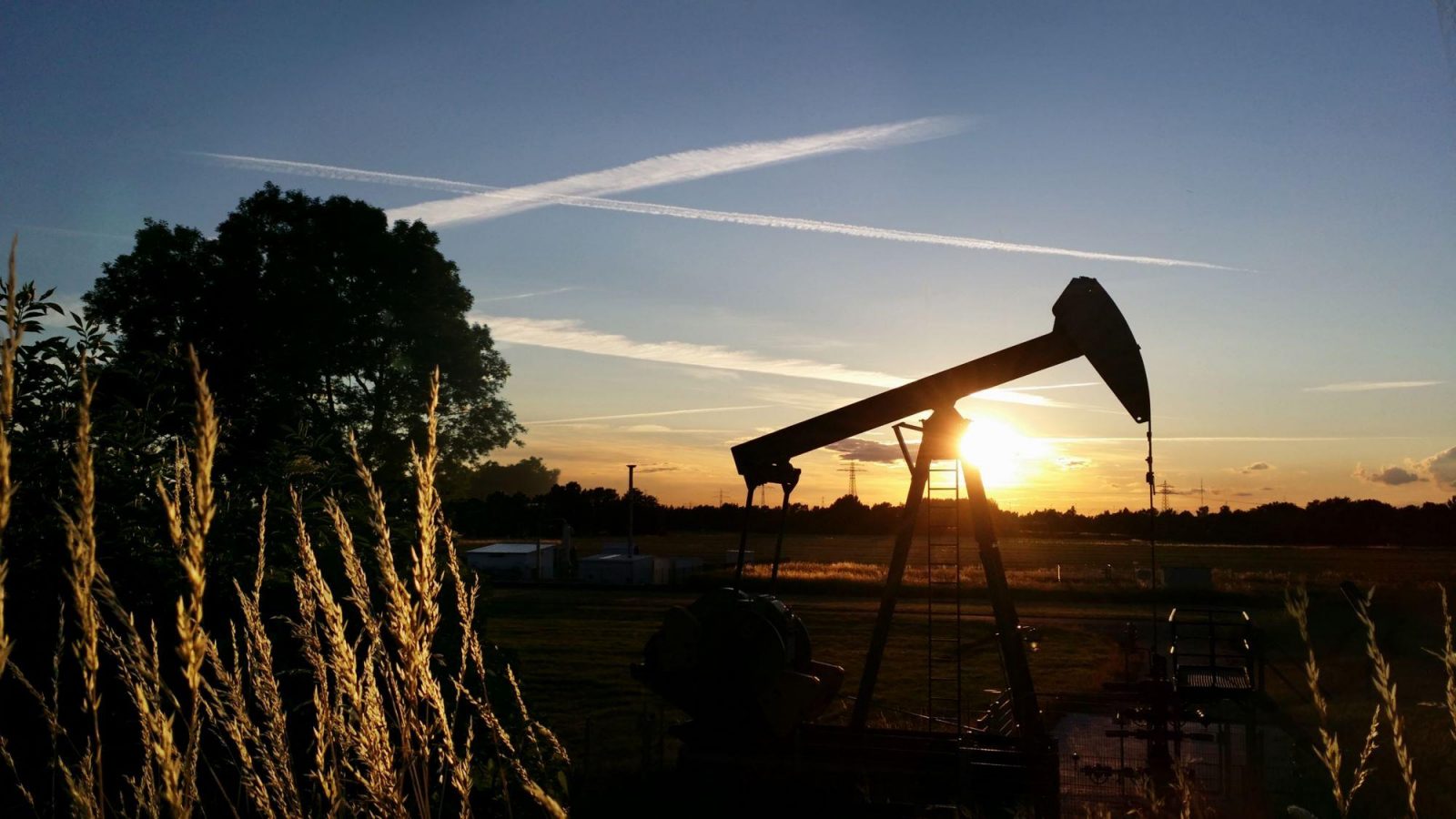The Future of Oil & Gas: Smart Connected Operations and Advanced Analytics
Digital Oil Field, Integrated Operations, Smart Fields, Intelligent Oil Field: these terms are not new in the oil and gas exploration and production ecosystem. But as the need increases and technology improves, we’ve reached a tipping point that underscores the urgent imperative to improve oil and gas operations with advanced analytics.
Efforts to digitize the oil field have been underway for a long time. For example, SCADA (supervisory control and data acquisition) systems – which gather and analyze data in real-time – have been around since the 1960s. But today, the need to apply advanced analytics has accelerated, and modern analytics technology provides huge benefits and improvements over legacy systems.
Luckily, progress and real business value don’t require starting from scratch. In a recent gathering of oil and gas industry leaders in Houston, TX, attendees shared insights, concerns and lessons learned from their digital journeys.
Some Background: The Advanced Analytics Imperative for Oil & Gas
The data and processes inherent to the exploration, extraction, production, and refining of oil and gas are more complex than ever. And although data scientists and statistical control engineers have built methods and algorithms to drive efficiency and optimize processes, it’s harder and harder to keep up. The variables are increasing and the volume of data is unprecedented.
In addition, market conditions limit both the capital and the physical space that companies have to expand. Operators must get more out of their current facilities and operations. Can they predict when a compressor will fail and deploy a corrective action to avoid down time? Can they accurately forecast production to keep in line with quarterly targets and market conditions? Can they automate tasks and prevent putting workers in hazardous situations? How can they operate surface facilities and equipment at low costs while maximizing production and extending the life of equipment in field?
Advanced analytics can answer these questions and more, and can transform the way E&P companies operate. Yet adoption is slow, and leadership has concerns around how best to roll out effective digital strategies, processes, business models and technologies that are right for them.
We covered all this and more at our event in Houston. Here are a few key takeaways from and what the experts had to say.
Don’t Be Data-Rich and Insight-Poor
In oil and gas, automation is a vital part of the process. By taking the human out of mundane tasks, productivity is increased, safety concerns are reduced, and the expert is freed to use his or her knowledge on the more challenging yet rewarding, analytical work. At the same time, integrating the many processes involved in drilling and production produces large quantities of real-time data across a range of disciplines.
We asked: What do you do with all that data? How do you make sense of it? Is it possible to apply machine learning and AI to predict faults in the field? How can companies leverage it to automate tasks and improve performance in the field?
“In an economy with an oil price around $50 to $60, many oil fields are ignored, as this price is below the breakeven cost for production. Leveraging machine learning, companies can create advanced models that will optimally manage asset performance and downtime. For example, smart connected operations (SCO) underpinned by the use of IoT sensors will enhance secondary and tertiary recovery methods, therefore making economically viable fields that would not be otherwise using traditional methodologies. By adopting this approach, companies can optimize return on capital invested.”
- Julio Loreto - Vice President, Drilling Services, Weatherford
It's Not About You, It’s About the Ecosystem
A key aspect of the digital oil field ecosystem is heightened collaboration across all participants with a wide range of expertise, enabling decision-making with a full awareness of all the issues involved.
We asked: What’s the vision for producers, operators, equipment providers, OEMs, and service companies to participate cohesively in a digital oilfield ecosystem? What are the incentives to do so?
“EPC (engineering, procurement and construction) operators, service providers, equipment manufacturers and others all have a stake in the game to drive production yet challenge decision makers when cost savings and efficiency gains are on the line.
As for those incentives, Shell believes that the value of its Smart Fields implementation over a five-year period was US $5 billion, while Cambridge Energy Research Associates has calculated that by using digital oil field processes, companies could realize up to 25% savings in operating costs, up to 8% higher production rates, 2–4% lower project costs, and as much as 6% improved resource recovery, all within the first full year of deployment.”
- Chad Markle - Partner, Digital Practice Leader, Kalypso
Everything Old is New Again - Really
Smart connected operations as a concept is not new. Oil and gas companies have leveraged capabilities like SCADA, distributed control systems and statistical process control for years.
We asked: How are modern digital capabilities different?
“In the ‘70s we had mainframes, then came PCs, and now mobile devices that are smaller, yet more powerful. Terabytes of data exist, and hundreds of lines of codes are built every day by very smart people to solve incredibly complex problems – but we can’t keep up. Machine learning and advanced analytics help identify issues before their occur and notify field personnel to respond with appropriate action or better yet modify a set point in the system to correct the issue automatically. As a result, the process stays on-line, safety concerns are minimized, and BOE increases.”
- Jordan Reynolds - Partner, Digital Innovation, Kalypso
Three Common Traits of Successful Digital Oilfield Initiatives
Our attendees had some strong experience implementing industrial IoT projects for upstream operations, looking to increase production rates, avoid unplanned downtime, improve worker productivity and accelerate worker training.
We asked: What are the most important factors for successful and scalable digital oilfield projects?
“There are three common traits of the most successful digital oilfield initiatives. First, they have a healthy holistic vision and roadmap and they have a goal to deliver hard value back to the company. Next, select an initial project to deploy the program and learn to tweak your larger program. When selecting initial projects as proof pilots, they have a solid business case and connection to real business value for each. Finally, they focus on skills transfer to the entire organization. When oil and gas companies focus on developing a critical mass of people who are implementing, learning and training others, the company is well positioned to adopt and scale digital initiatives for the future.”
- Sagar Asalapuram – Solution Architect, Kalypso
Download our eBook
Get more detail on key use cases where E&P companies can benefit from smart connected field operations, and how to implement SCO in shale operations. Download here




